MORE GREAT TITLES FROM
CONWAY
Conway creates some of the finest maritime, military, exploration and transport books in the world. On press since 1972.
tap to read more
 @ConwayBooks
@ConwayBooks
 Conway Publishing
Conway Publishing
 www.conwaypublishing.com
www.conwaypublishing.com



FOREWORD
As editor of the old Airfix Magazine from 1965-72, and again from 1978-82, all the chapters of this nicely produced new book bring back many memories, usefully combining history with practical modelling. Back in the 1969-72 period I also edited the first Airfix Annual, and some of the first specialist Airfix publications that are mentioned in this book. In 1968 I wrote How To Go Plastic Modelling, one of the first books dealing specifically with plastic kit building.
Im sure older readers of the Airfix Book of Scale Modelling will also have nostalgic memories of their younger years as keen plastic kit modellers, and like me will be reminded of models and projects half-forgotten from those earlier decades.
One thing this book demonstrates is the vast size of the plastic kit market today, and the sophistication of most of the larger-scale kits. In earlier days such developments were beyond our imagination. In the early 1960s, as I well recall, it was possible to make each new Airfix aircraft, ship or tank kit as they appeared, at well-spaced intervals. Today the output of new releases from Airfix alone, quite apart from other ranges, makes this impossible. Today, too, many variants of classic types such as the Spitfire are produced. Thirty or more years ago far more conversion work (as covered in ) was needed to make further variants from one basic kit. Indeed, each issue of Airfix Magazine featured conversion projects, and if you want proof that plastic models will last out your lifetime, I still have all the Airfix kit conversions I made between 1961 and 1982 (plus a few more since), over 150 in all, still looking good in two large showcases.
Readers of this excellent new book should find all the inspiration they need to carry on the plastic modelling tradition for a good few decades yet!
Chris Ellis, 2010

INTRODUCTION
When I started secondary school back in 1978 I came across a copy of How to Go Plastic Modelling by Chris Ellis in the school library. To say this book had a profound effect on my fledgling modelling skills is an understatement. Aside from the odd copy of Airfix Magazine, Scale Models, or Military Modelling (when the local newsagent stocked them), reading about the hobby was a rarity for a keen 11 year-old. But there in one volume was everything I needed wanted to know, a tantalising glimpse of what could be achieved with patience and practice. Tools, techniques and products Id never heard of, with plenty of practical, and more importantly accessible, projects to try out. I took the book out on the first day I started school and renewed it repeatedly until I left in 1985 these days I have my own copy!
The modelling scene has changed immeasurably since Chris wrote his book over forty years ago, not only in terms of the quality, quantity and variety of kits, but with regard to the equipment, techniques and technology available to modellers. Where once there was a dearth of modelling magazines there is now a positive glut. Where Europe and America used to dominate the kit market, Japan, China and nations from the former Eastern Bloc have now emerged. Where contact with other modellers was limited to a local club or a model show, people can now talk, share and exchange information and advice at the click of a button.
The standard of modelling has also reached levels of detail and realism unthinkable decades back as each new generation brings in their own new ideas and techniques. But even those highly talented modellers started from somewhere using the most basic of tools, techniques and kits, and it is those basics that have remained essentially the same through the decades.
There are many books out there are written by and for the more advanced modeller, and these are truly inspirational. This book is aimed more at those either coming in to the hobby anew, who perhaps have already made a few kits and are looking to improve their skills, or those who have returned to the hobby after a while away and just need a primer on how to get started again.
For anyone new to the hobby these days it may seem a daunting and expensive prospect, with a bewildering array of kits, tools, accessories and paints available in model shops or online, and no end of advice that, though well meant, can lead to information overload. But modelling need not be complicated or expensive; in fact, when compared with some other hobbies, getting started in modelling need not cost a lot of money a basic tool kit, paints and kit can be had for very little expense.
Well explain the basic tools, techniques and how to overcome or avoid the kinds of problems that every modeller will face. Well also look at the choice of kits out there, the different scales, how kits are made and include some practical examples that you can join in with using the same kits, or indeed use as the basis for your own model projects.
Chris Ellis wrote that modelling is relaxing, therapeutic, educative, inexpensive and interesting, but above all fun. Forty years on that holds true more than ever. It is your hobby enjoy it.
AUTHOR ACKNOWLEDGEMENTS
This book was very much a collaborative effort and my immediate thanks go to fellow contributors Brian Canell, Adam Cooper and Drewe Mantn.
I am also grateful to everyone at Hornby Hobbies for their support and encouragement; Darrell Burge, Dale Luckhurst, Karen Redwood, Scott Elsey, Matt Whiting, Carl Hart and Trevor Snowden.
Personal thanks go to Hector and Judy Hamer, Tim A Maunder, Tim Perry, John Bank, Andrew Farmer, John Walker, Dave Fleming, Bill Clark, Spencer Pollard, Karin Breiter, Antics, The Airfix Tribute Forum, Frome Model Centre, Laurie Goodall and finally Lisa and Laura at the Corner Caf who kept the tea coming.
And, of course, special thanks go to my family, least not my father for starting me off in the first place and my mother for encouraging me in all my artistic endeavours.

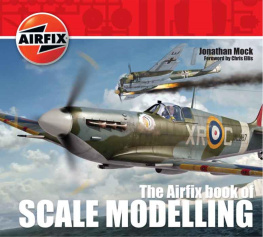
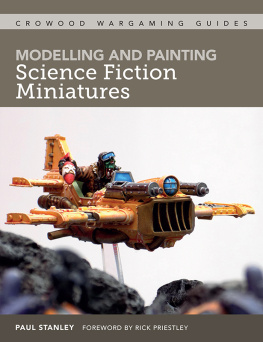
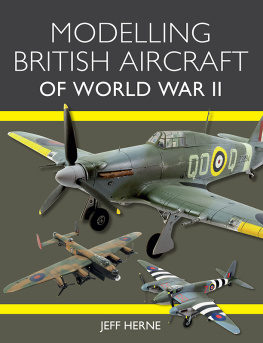
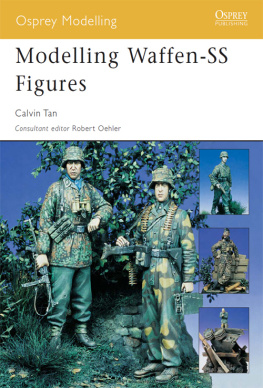
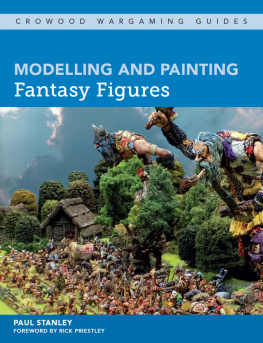

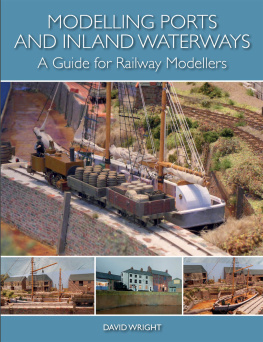
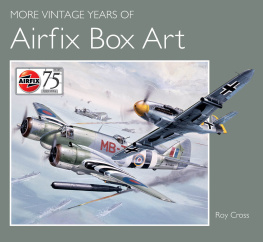
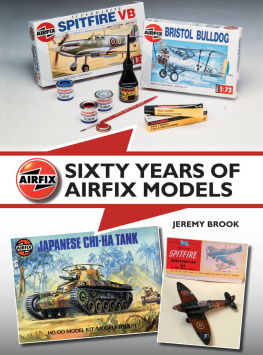
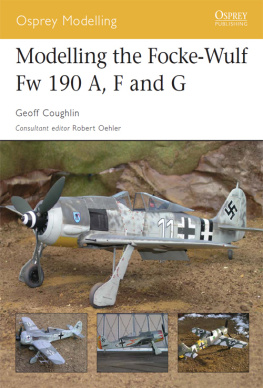
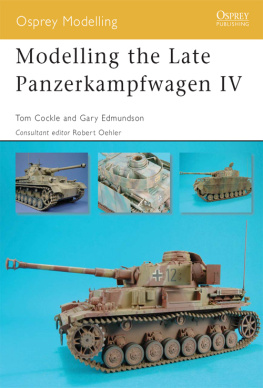

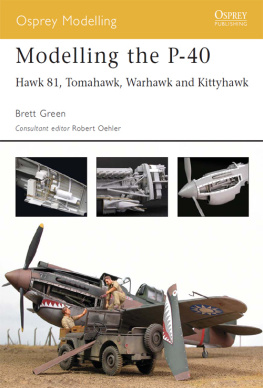




 @ConwayBooks
@ConwayBooks Conway Publishing
Conway Publishing www.conwaypublishing.com
www.conwaypublishing.com


